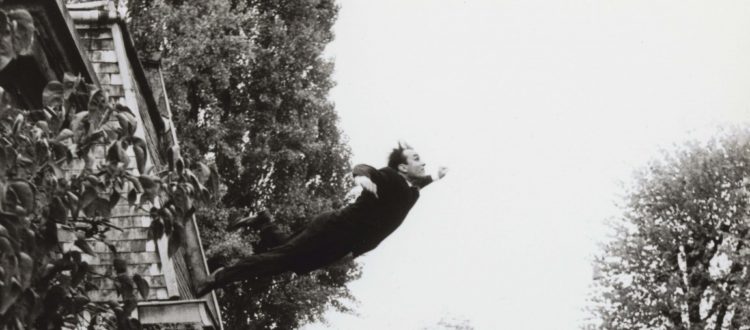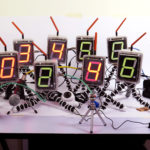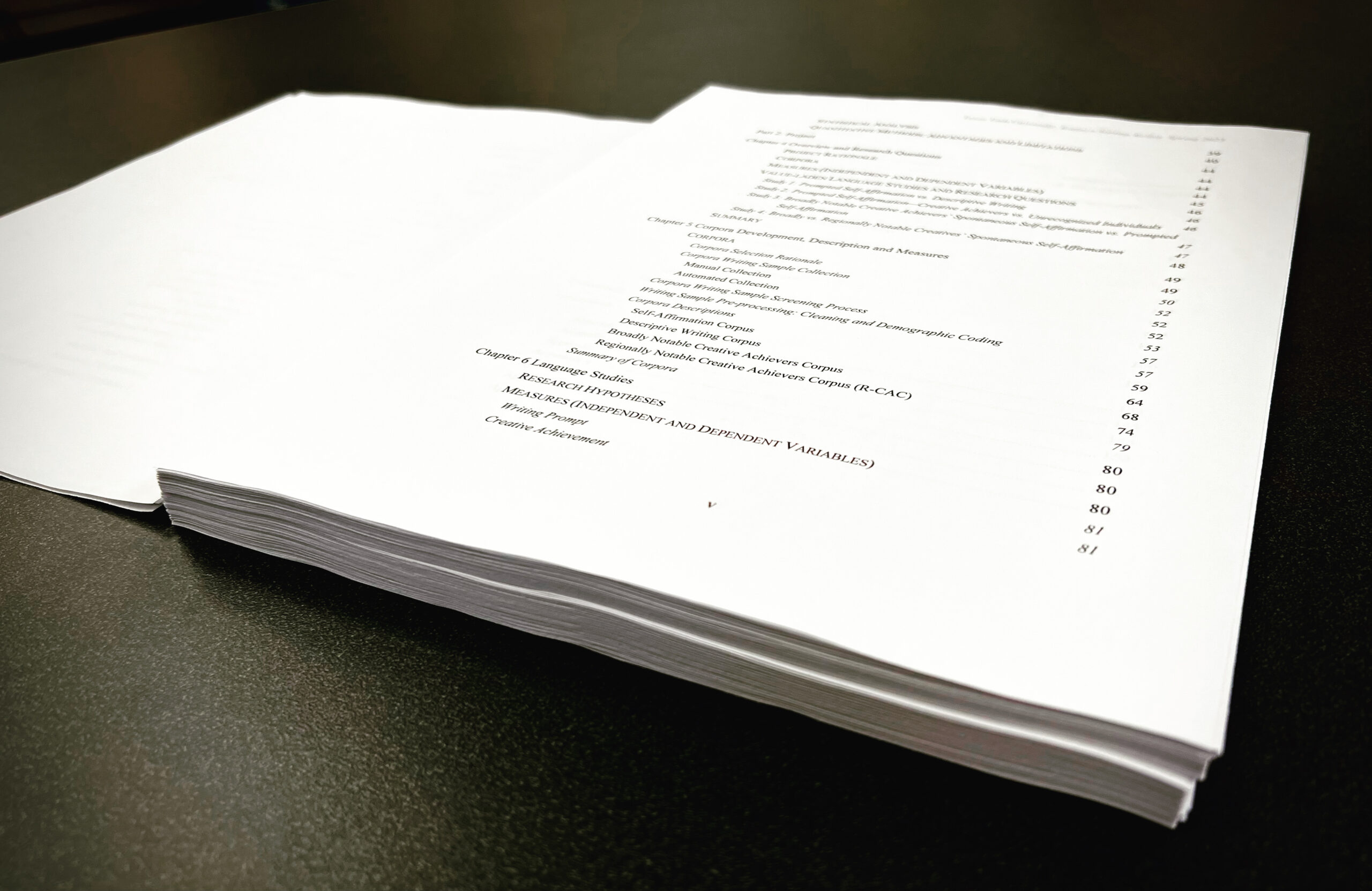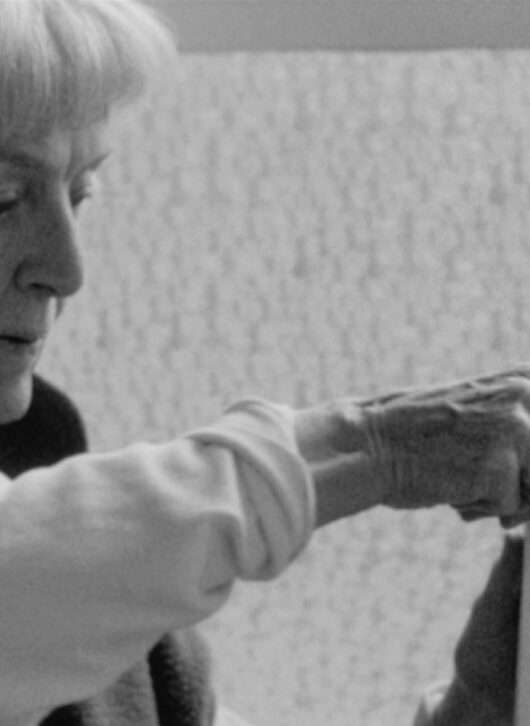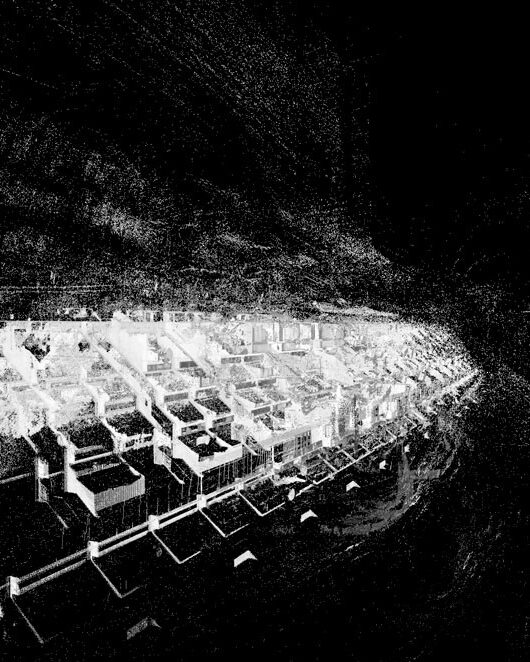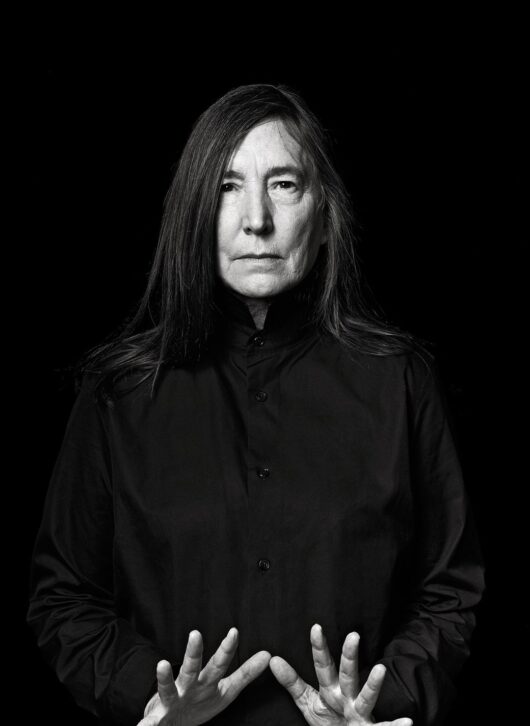Knitting my | ass | hairs together might be preferable *
Psycholinguistic computational analysis: Writing about the artist as an amalgamation of numbers

Tania Bruguera [Burden of Guilt, 1997], Rona Pondick [Little Bathers, 1991-2] , Lauren Kelley [Bubble, 1999], Vito Acconci [Trademark, 1979]
Judith Butler suggests that “for urgent reasons, we must become self-narrating beings” (2008). In “Giving an Account of Oneself,” Butler builds a model that expounds on the conditions, capacities, causes, and limitations of the integral role narrative construction plays in subject formation, adaption and maintenance. Butler’s model provides a framework for understanding the tendency of artists that bend or breach conventions to also write. Similarly, social psychologist, James Pennebaker has found that narrative reappraisal and perspective-taking that targets negative experiences, as well as value affirmation, predicts reductions in intensity and duration of dysphoric internal experiences. This same narrative processing appears to free up physiological, psychological and cognitive resources for other tasks. Following Pennebaker’s methods, I employed Linguistic Inquiry and Word Count (LIWC) computational software to examine relevant psycholinguistic inter-subject cues of narrative construction and language style in 1,465 texts written by 200 contemporary visual artists. Based on Butler’s framework and Pennebaker’s findings, the results appear to support the possibility that artists’ narrative structuring and value affirmation may provide them with a mechanism for up and down regulating affective, physiological and cognitive resources.
The upcoming paper follows my foray into the possibilities and pitfalls of using text analysis in examining and writing about inter-subject patterns amongst artists and practice of writing may facilitate their creativity. It investigates artists and their textual practice as an amalgamation of numeric frequencies. Is it possible to do this without being burned at the stake or left in the corner knitting my ass hairs?
Janine Antoni [Mortar & Pestle, 1999], Ana Mendieta [Untitled (Glass on Body Imprints — Face), 1972], Ai Wei Wei [untitled, 2016], Pipilotti Rist [Open My Glade, 2000]

